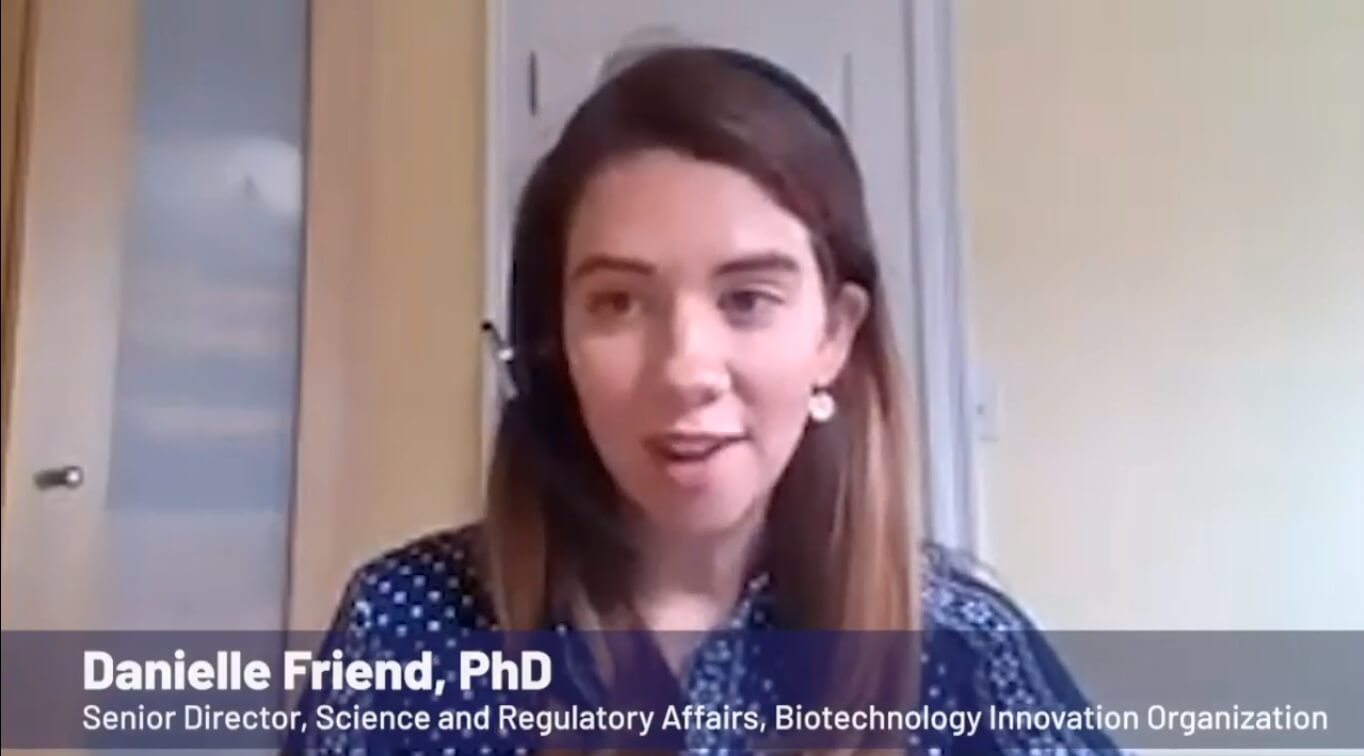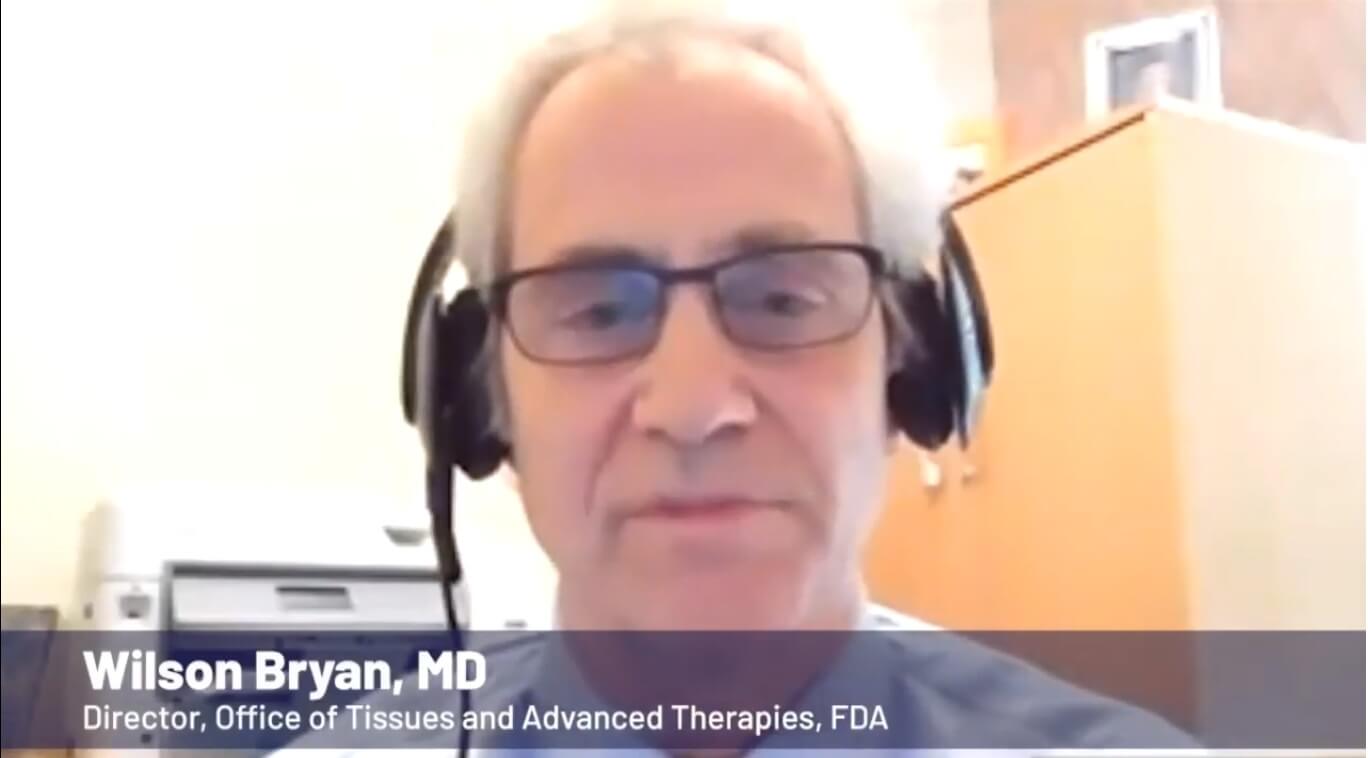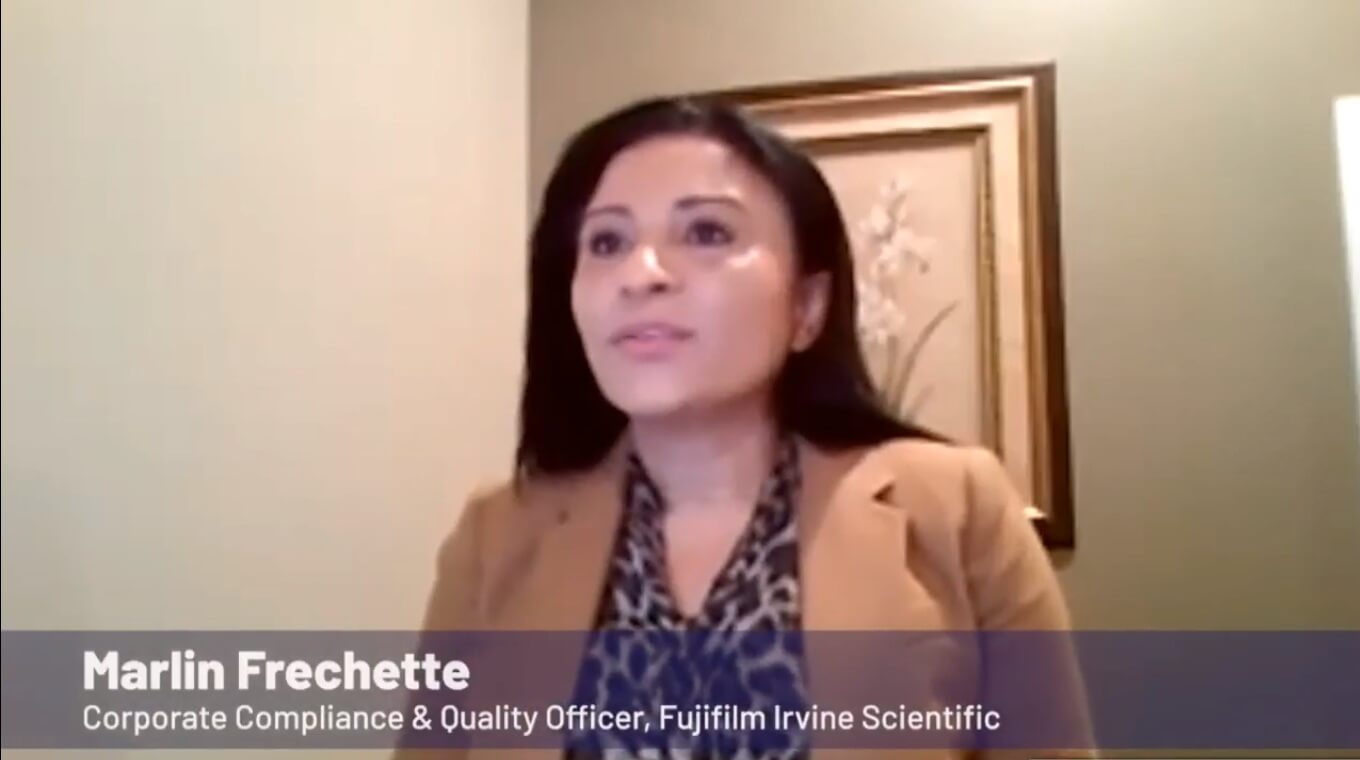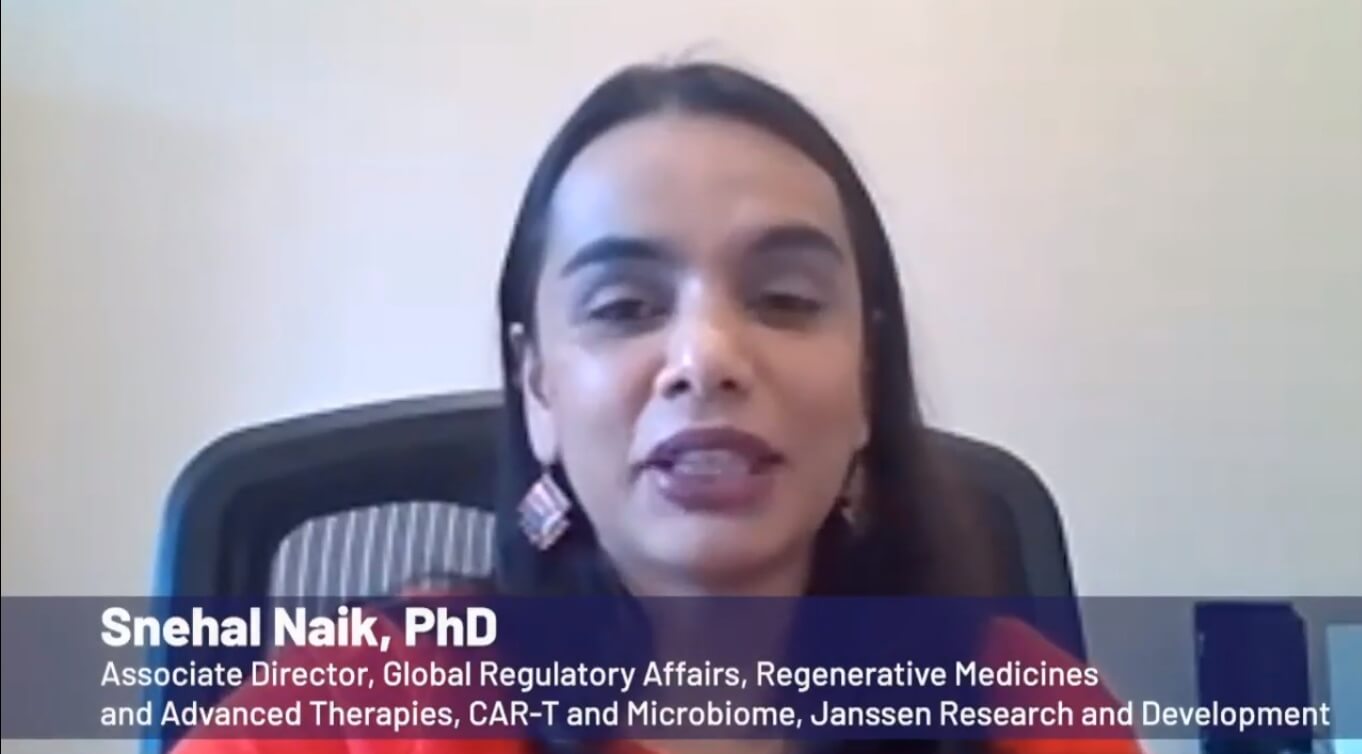BIO Digital 2020 Highlights: Challenges in Bringing New Cell and Gene Therapies to Market
By Pavel Ryzhov, Ph.D.
With the evolving nature of science and continuous innovations, several new advances in cell and gene therapies emerge from time to time. However, there still are many challenges in bringing them to market and serve patients swiftly. This was a topic of a virtual panel discussion held on June 8th at the BIO digital virtual conference. Pundits from biopharma and the USFDA shared their perspectives on the recent developments in the field and discussed several issues such as manufacturing and regulatory challenges, among others. The panel, moderated by Danielle Friend, comprised of the following experts:
- Wilson Bryan, Director of the Office of Tissues and Advanced Therapies, US Food and Drug Administration
- Marlin Frechette, Corporate Compliance & Quality Officer, Fujifilm Irvine Scientific
- Heidi Marchand, Global Head, Regulatory Policy & Intelligence, Gilead Sciences
- Snehal Naik, Associate Director, Global Regulatory Affairs, Regenerative Medicines, and Advanced Therapies, Janssen Research and Development

Impact of COVID-19 on FDA’s Work in Cell and Gene Therapies
Wilson Bryan commenced the panel discussion by addressing the FDA’s response to the challenges brought by the pandemic, including increased workloads. He gave specific examples by citing a four-fold increase in meetings with sponsors over the previous ten years. That also constitutes twice as many IND applications as compared to the last three years, in which gene therapy INDs have tripled in number. The pandemic has also forced them to change the mode of interactions with sponsors to teleconferencing. Several events or meetings have been postponed, thus effectively slowing the dialog between the two.
Upon the moderator’s question about the new cell and gene therapy guidances issued by the FDA, he elaborated that there are six following guidances, including three clinical guidances:
- Chemistry, Manufacturing, and Control (CMC) Information for Human Gene Therapy INDs
- Testing of Retroviral Vector-Based Human Gene Therapy Products for Replication Competent Retrovirus During Product Manufacture and Patient Follow-up
- Long-Term Follow-up After Administration of Human Gene Therapy Products
- Human Gene Therapy for Retinal Disorders
- Human Gene Therapy for Hemophilia
- Human Gene Therapy for Rare Diseases

He also added that 50% of the INDs are for rare diseases and that the agency prides itself on bringing drugs to the patients that “have been overlooked for too long.” When asked about the FDA guidance on Interpreting Sameness of Gene Therapy Products Under the Orphan Drug Regulations, he explained that it is a collaboration between OTAT and the Office of Orphan Product Development, which deals with scientific and regulatory issues of gene therapy for orphan disease indications.
Fellow panelists then provided their feedback on the issued guidances. Heidi Marchand mentioned that the long-term follow-up guidance necessitates the amount of patient data that needs to be collected over many years. Combining patient data with clinical and manufacturing data will be necessary to define patient success, and this may present itself as a real data science challenge going forward.
Marlene Frechette touched upon the manufacturing guidance and said that as a supplier of the ancillary materials such as cell culture media, cytokines, growth factors, etc. for cell and gene therapy applications, the guidance is beneficial for Fujifilm to support their customers better. She mentioned another guidance that is heavily used by her company, United States Pharmacopoeia (USP) 1043, and its importance for qualifying the raw materials that go into the ancillary materials.
Snehal Naik focused her response on the long-term follow up and testing for replication-competent retrovirus. She said that the evolving nature of the regulatory framework allows to bring the advancements to the clinic and, ultimately, to the patients faster. Besides, she raised an important point about risk mitigation for replication-competent virus studies. She welcomed the flexibility that the guidance provides in terms of evaluation of this phenomenon during manufacturing and patient follow up. Wilson then summarized the discussion by acknowledging the evolving nature of both the science and the supporting regulatory framework in cell and gene therapy space. He observed that these guidances would be updated over the years.

Manufacturing Challenges
Wilson recognized the considerable delay in the approval of therapies due to manufacturing problems, which, in his opinion, should have been solved at the early stages of drug development. He encouraged discussions with academicians to educate them on the downstream challenges with mass production of therapies. He added that FDA conducts INTERACT Meetings (Initial Targeted Engagement for Regulatory Advice for CBER Products), where the sponsors can consult with the agency at the very early stage of drug development (pre-pre-IND stage) and address CMC and pre-clinical issues.
Marlin Frechette, in turn, mentioned various steps that Fujifilm adopts to facilitate and expedite the approval process. That includes providing extensive supportive documentation of its materials to customers. Heidi then pointed out that manufacturing turnaround time is, in fact, an important factor for a patient’s benefit outcome. She provided examples of Gilead’s commitment to establishing facilities in California and Maryland, the Netherlands, and in other countries, citing that the speed of manufacturing of CAR-T therapy is critical for treating patients effectively.
Regulatory Challenges
Subsequently, Danielle also raised a question of harmonization of the regulatory requirements for cell and gene therapy to the panel. Heidi responded by highlighting the value of INTERACT meetings in the US and expressed her wish for similar format meetings in Europe where there is a great variability for the clinical trial requirements between member states and local municipalities.

Snehal brought up the earlier point in the discussion by noting that harmonization of the regulatory requirements should be postponed in favor of more uncompetitive collaboration between various stakeholders. She leaned on the argument that considering the time and effort, one has to ensure whether they are at a level to put together something that will hold, stand, and will work across the multiple regions.
This lack of conformity in the requirements was further expanded by Marlin when she gave examples of one of the key challenges for Fujifilm. She mentioned that the requirements are not harmonized among its customers around the world. Depending on the region and the customer, the amount of information that needs to be provided along the supply chain varies and sometimes includes proprietary information to gain approval. She concluded that the continued communication between regulatory bodies, pharmaceutical companies, and other stakeholders needs to continue to support the harmonization efforts going forward.
Wilson then remarked on the lack of basic agreement about the definition of cell and gene therapies. He argues that the harmonization of regulatory requirements is ways away at this point. However, he pointed out that the agency is heavily involved in communication with other regulatory bodies from different countries and established an intermediate goal of regulatory convergence, which will serve as a stepping stone for the future.
Future of Cell and Gene Therapies
At the end of the discussion, the panelists shared their perspectives on the future of the field. Snehal mentioned the two frontiers which will see their challenges being addressed going forward:
- Manufacturing of safe therapies and
- Innovation and improvement from the current early-generation technologies.
She opines that fine-tuning of the key aspects of the therapies would make them more effective and safer. Heidi expanded on that point by touching on the scalability potential and future cures that will come as a result of current R&D efforts.

Marlin expressed her excitement about the state of the field’s overall pipeline, where, in the next five to ten years, more therapies will mature and enter the market. Wilson concluded that the curative potential of the therapies that are currently investigated would help address the patient population that was previously overlooked. He also noted that financial and regulatory challenges must be solved soon.
Overall the panel’s discussion about the current manufacturing and regulatory challenges in the cell and gene therapy space did not detract from the huge promise that these evolving scientific and clinical advances would bring to patients. Instead, it emphasized the commitment to collaboration between regulatory bodies and pharmaceutical companies and also the importance of addressing the safety and efficacy of delivered therapies.
Editor: Rajaneesh K. Gopinath, Ph.D.
References
©www.geneonline.com All rights reserved. Collaborate with us: service@geneonlineasia.com









